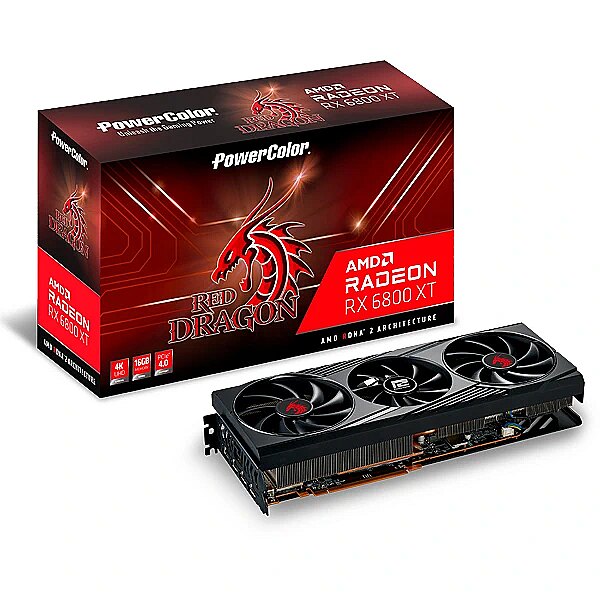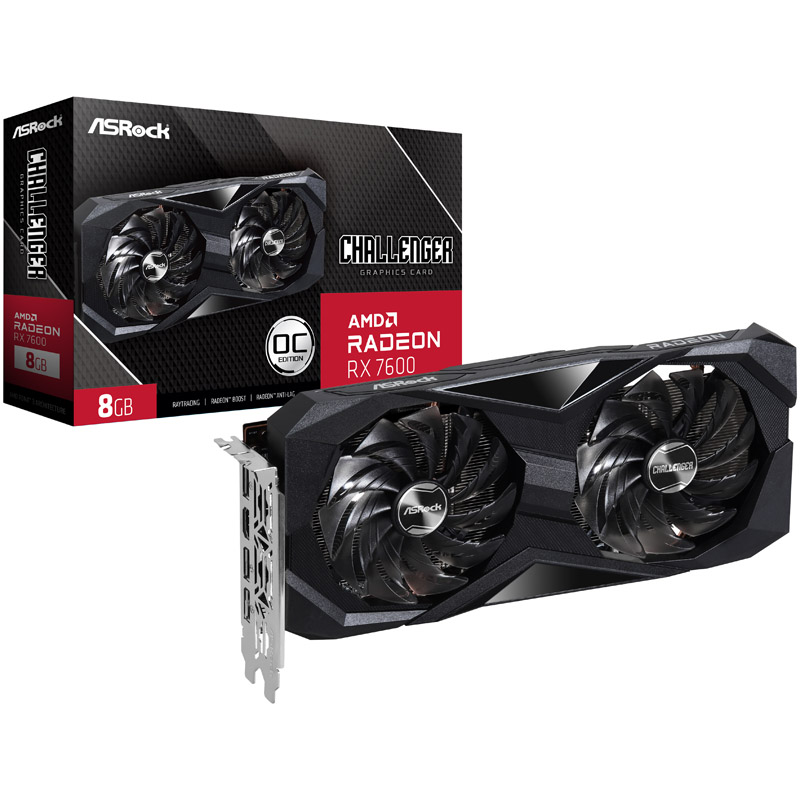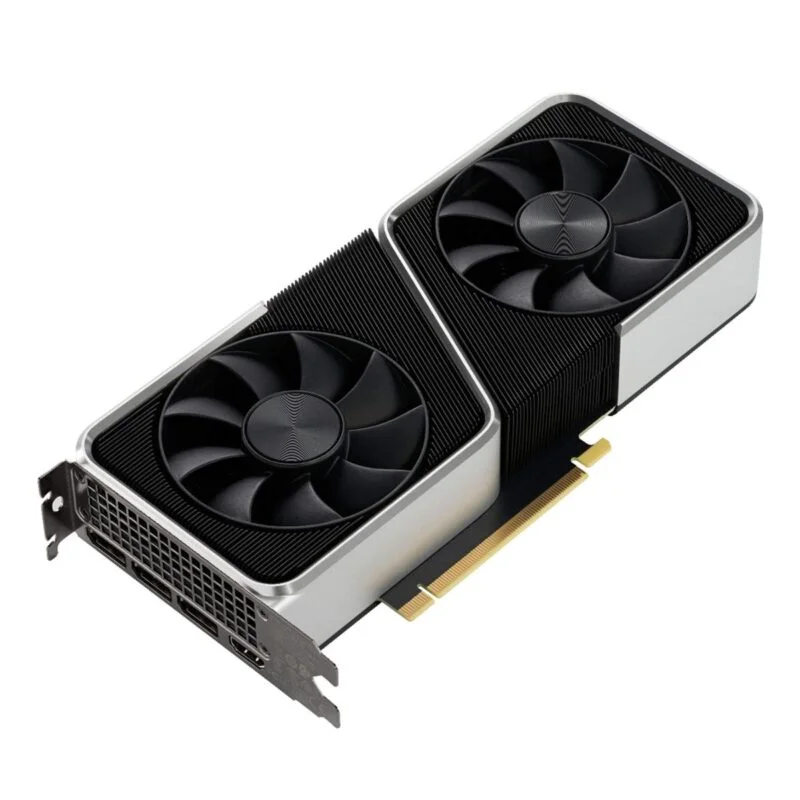Introduction to Graphics Card Issues in Windows 11
Graphics cards play a crucial role in reset graphics card Windows 11 systems. They process images and videos, ensuring a smooth visual experience. When they malfunction, the performance suffers. Users may face slow response times, screen glitches or complete system crashes.
Knowing how to reset graphics card Windows 11 can resolve many issues. It’s a simple fix that often restores function without need for expert intervention. In this section, we’ll discuss common reasons graphics cards may encounter problems in Windows 11. In subsequent sections, we provide detailed steps to reset your graphics card safely.
Several factors can lead to graphics card issues. Overheating, outdated drivers, and software conflicts are among the top causes. Regular maintenance and updates can prevent many problems. However, when issues arise, a reset can be the first line of defense. We will explore this and more as we move through the blog.

Common Symptoms Indicating a Reset is Needed
Knowing when to reset your graphics card is key to maintaining your PC’s performance. Here are telltale signs that suggest a reset might help:
- Frequent Crashes and Freezes: If your Windows 11 PC often crashes or freezes, especially during graphics-intensive tasks, it’s a sign the graphics card may need a reset.
- Artifacting on Screen: Strange visuals, such as colored lines or shapes that aren’t part of the intended display, indicate issues with the graphics card.
- Trouble with Videos or Games: Difficulty playing videos or games smoothly is often related to graphics card problems.
- Driver Errors or Glitches: Error messages related to the graphics card drivers or graphical glitches on screen often point towards a need for a reset.
- Overheating: Excessive heat from the graphics area during normal operations suggests that the card might be overloaded or malfunctioning.
- Performance Decline: If your PC’s performance dips suddenly, especially in visual tasks, consider resetting the graphics card.
If any of these symptoms are present, learning how to reset graphics card Windows 11 could be an invaluable skill. Proceed through the post to find step-by-step instructions on how to handle a graphics card reset.
Preparing Your System for Graphics Card Reset
Before attempting to reset your graphics card in Windows 11, it’s crucial to prepare your system properly. This will ensure a safe reset process and guard against data loss. Here’s what you should do:
- Back Up Your Data: Start by backing up important files. This protects your data from any unexpected issues during the reset process.
- Close Open Applications: Ensure you close any applications that are running. This includes games, video software, and anything using the graphics card.
- Check For Updates: Sometimes, simply updating Windows can resolve graphic card issues. Before you reset, check for any pending system updates.
- Monitor GPU Temperature: Make sure your GPU isn’t overheating. A high temperature can signal underlying problems.
- Note Down Custom Settings: If you’ve customized graphics settings, note them down. You might need to reapply them after the reset.
Preparing your system is a vital step when learning how to reset graphics card Windows 11. It sets the stage for a smoother reset process and helps avoid additional complications.

Step-by-Step Guide: Resetting Graphics Card via Device Manager
Following these steps will guide you through resetting your graphics card in Windows 11 via Device Manager.
- Open Device Manager: Right-click on the Start button. Select ‘Device Manager’ from the menu.
- Navigate to Display Adapters: In the Device Manager window, find ‘Display Adapters’. Click on it to expand and see your graphics card.
- Choose Your Graphics Card: Right-click on your graphics card. You’ll see an option menu.
- Select ‘Disable Device’: From the menu, choose ‘Disable Device’. Confirm if prompted. This step temporarily deactivates your graphics card.
- Wait a Moment: After disabling, wait a few seconds. This lets the system process the change.
- Enable the Graphics Card: Right-click on your graphics card again. This time, select ‘Enable Device’. This restarts your graphics card.
- Check for Normal Function: Once enabled, observe if your system’s visual performance has improved. Open a video or game to test.
Closing all apps and backing up data before this process is crucial. After, you may also need to restore custom settings. If issues persist, consider other methods or update your graphics card drivers. These steps are essential to know how to reset graphics card Windows 11 and can solve many common problems. If the problem continues, further measures may be required.
Alternative Methods to Reset Your Graphics Card
If the Device Manager method doesn’t solve the issue, try these alternative methods. They can often fix more complex graphics card problems in Windows 11.
Use Windows 11 Keyboard Shortcuts
Windows 11 offers keyboard shortcuts for quick fixes. Pressing ‘Win + Ctrl + Shift + B’ resets your PC’s graphics drivers. You should hear a beep and the screen will flicker. This signals a driver refresh. It’s a fast way to reset your graphics card without navigating menus.
Update or Reinstall Drivers Manually
You can also update or reinstall the graphics card drivers manually. Go to the manufacturer’s website and download the latest drivers. Then, open Device Manager, right-click on your graphics card, and select ‘Update driver’. If problems remain, choose ‘Uninstall device’. Restart your PC and Windows 11 will attempt to reinstall the drivers.
Roll Back Drivers to a Previous Version
Sometimes, driver updates cause issues. Rolling them back can help. In Device Manager, right-click your graphics card and choose ‘Properties’. Click the ‘Driver’ tab and select ‘Roll Back Driver’, if available. Follow the prompts to revert to an earlier driver version.
Perform a System Restore
If recent changes led to graphics card issues, try a system restore. Search for ‘Create a restore point’ in the Windows search bar. Click on ‘System Restore’ and follow the instructions to roll back your system.
These alternative methods can help when learning how to reset graphics card Windows 11. If the issue persists even after trying these steps, it may point to deeper hardware or software problems.
Updating Graphics Card Drivers Post-Reset
Once you’ve reset your graphics card in Windows 11, the next step is to ensure that your drivers are up to date. Outdated drivers are often at the heart of graphics-related issues. Here’s how to update your graphics card drivers post-reset:
- Navigate to the Manufacturer’s Website: Visit the website of your graphics card’s manufacturer. Look for the ‘Support’ or ‘Downloads’ section.
- Download Latest Drivers: Find the latest drivers for your specific model. Ensure you choose the correct version for Windows 11.
- Install the Drivers: Run the downloaded installer. Follow the on-screen instructions to complete the installation process.
- Restart Your Computer: Once the drivers are installed, restart your PC to ensure the changes take effect.
By keeping your graphics card drivers up to date post-reset, you prevent many future issues. Check for driver updates regularly, as manufacturers often release new versions to improve performance and fix bugs.
If you’re not comfortable updating drivers manually, you can use Windows Update:
- Access Windows Update: Go to ‘Settings’ > ‘Update & Security’ > ‘Windows Update’.
- Check for Updates: Click ‘Check for updates’. Windows will look for any available driver updates and install them automatically.
Remember that updating your graphics card drivers can lead to improved performance, fewer software conflicts, and a more stable system. Keep this in mind as part of routine maintenance to maintain optimal performance.

How to Prevent Future Graphics Card Problems
To keep your graphics card in top shape, follow these preventive measures:
- Regularly Update Drivers: Keep your drivers up-to-date. Check the manufacturer’s website often.
- Monitor Temperatures: Use software to check your GPU’s temperature. High temps may harm the card.
- Clean Your PC: Dust buildup can cause overheating. Clean inside your PC case regularly.
- Avoid Overclocking: Overclocking can strain the graphics card. If not necessary, skip it.
- Use Quality Components: Use reliable power supplies and other PC parts. They safeguard against power surges.
- Uninstall Unneeded Applications: Too many applications can cause conflicts. Keep your system lean.
- Maintain Good Ventilation: Ensure your PC has good airflow. This helps maintain lower temperatures.
Practicing these tips helps avoid future issues. They extend the life of your graphics card, ensuring lasting performance in Windows 11.
Troubleshooting Persistent Graphics Card Issues
If you’ve followed the steps for how to reset graphics card Windows 11 but still face issues, don’t worry. There are some additional troubleshooting steps you can take. Persistent graphics card problems may need deeper investigation. Here’s what to do next:
- Check Hardware Connections: Open your PC case and check all connections to your graphics card. Make sure they are secure and there is no visible damage.
- Test with Another Monitor: Sometimes, the problem lies with the monitor. Connect your PC to another monitor to rule this out.
- Use Another Graphics Card: If you have access to one, try using a different graphics card. This will tell you if the current one is faulty.
- Check Power Supply: Make sure your power supply unit (PSU) can handle the graphics card’s demands. A weak PSU can cause issues.
- Scan for Malware: Run a full system scan. Malware can sometimes cause strange behavior in systems, including graphics issues.
If none of these steps work, it may be time to consult a professional. They can offer more in-depth diagnostics and solutions. Remember, handling persistent issues promptly is key to maintaining your PC’s longevity and performance.
